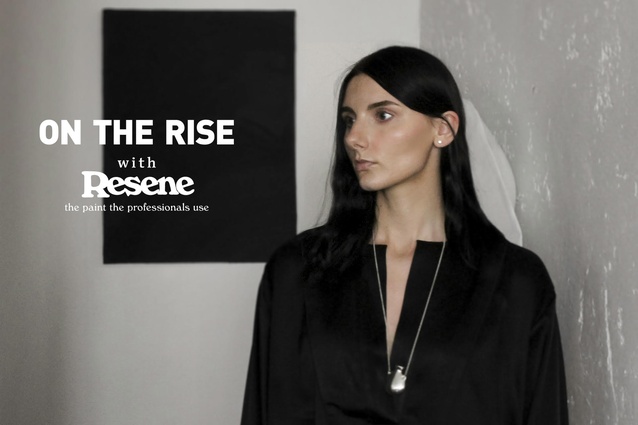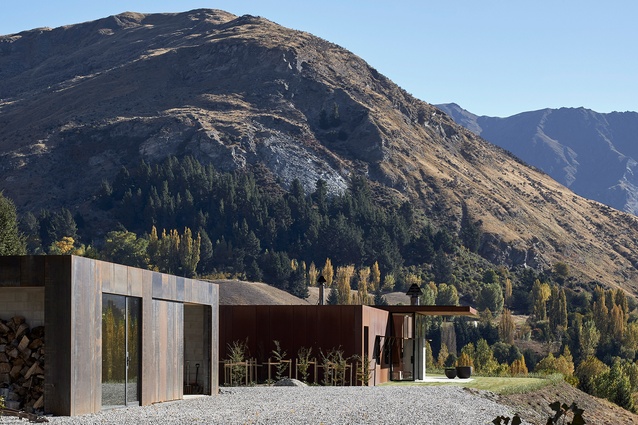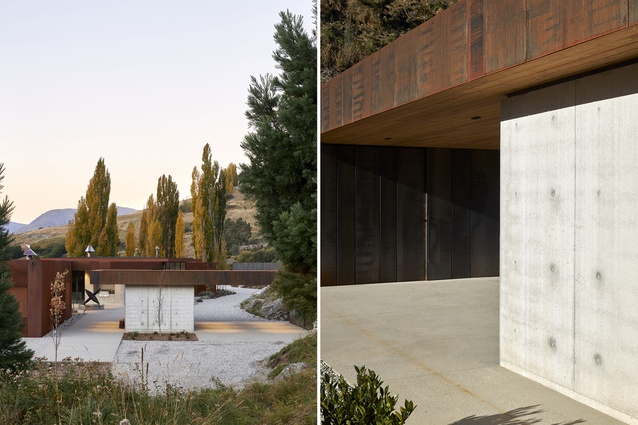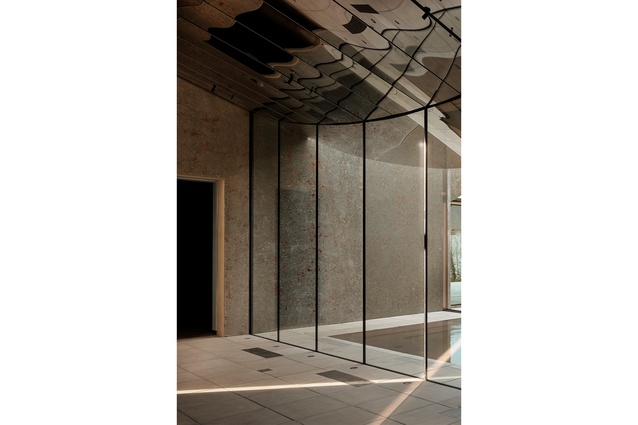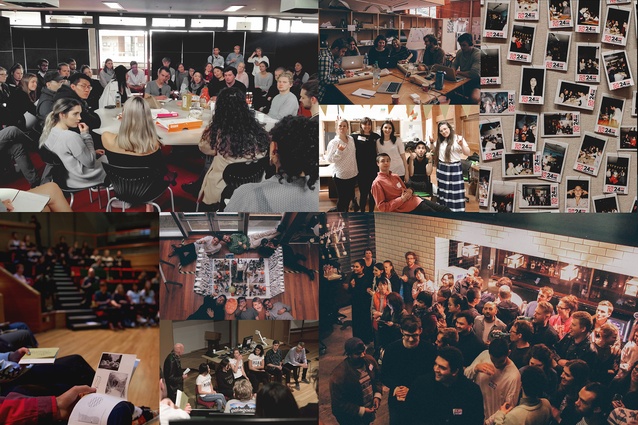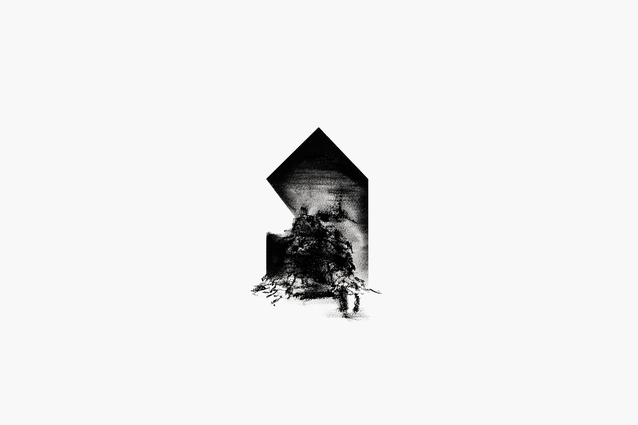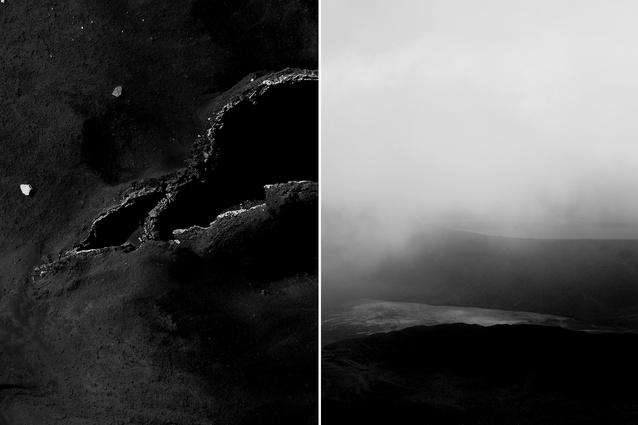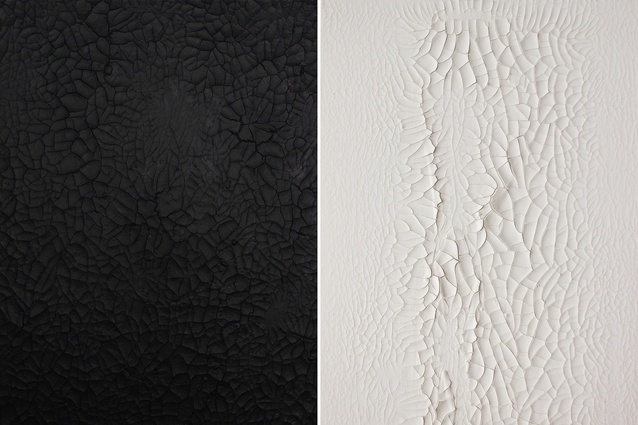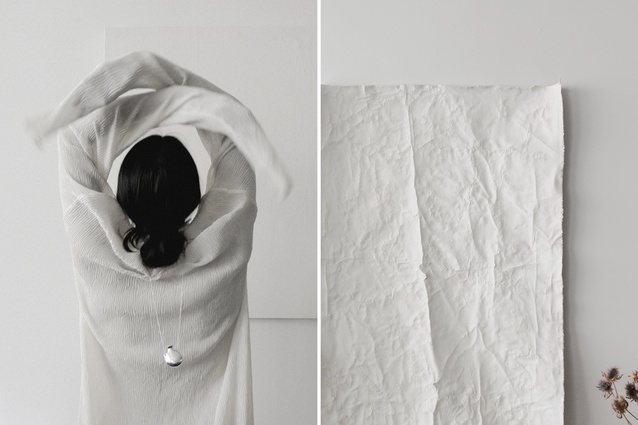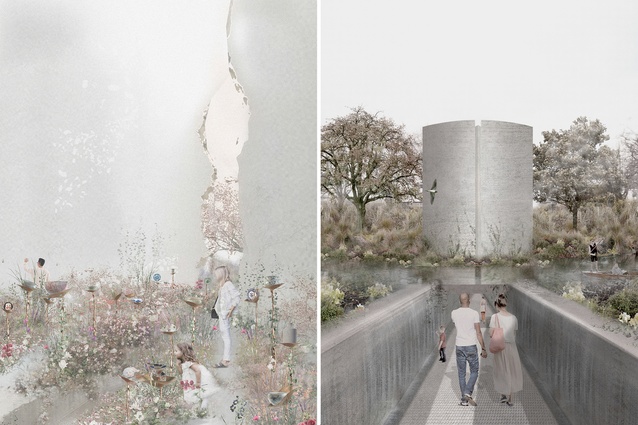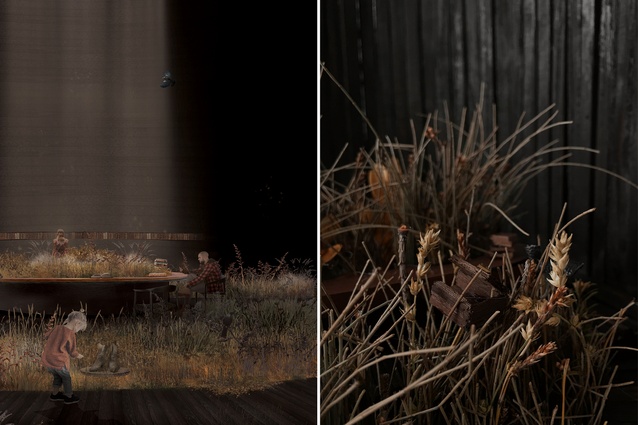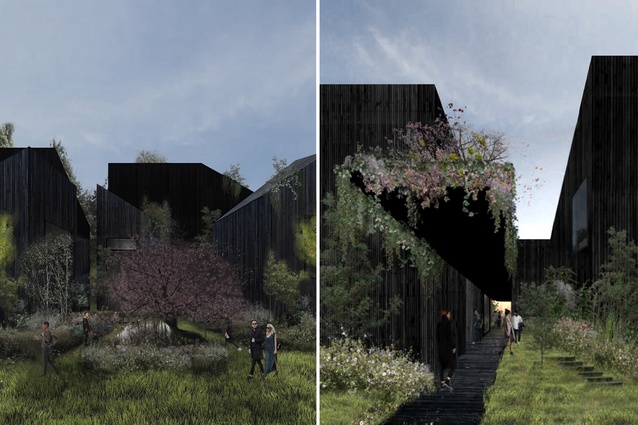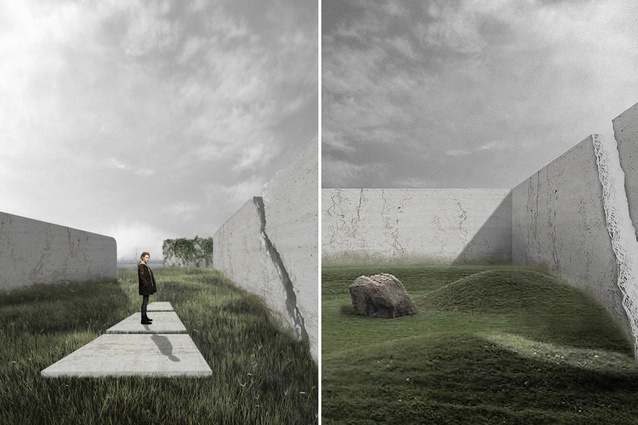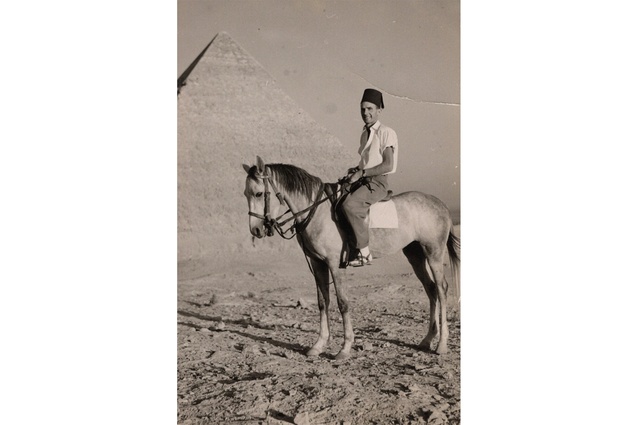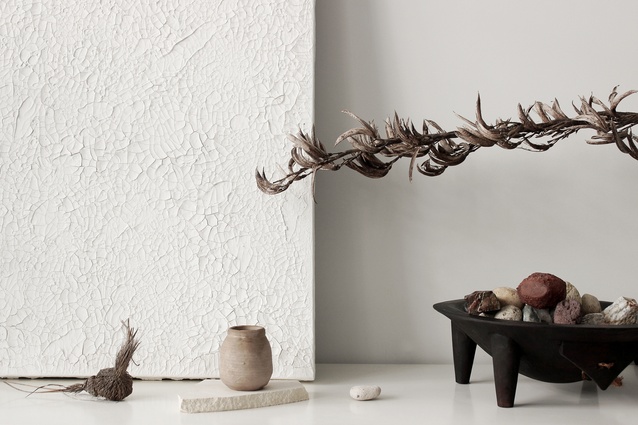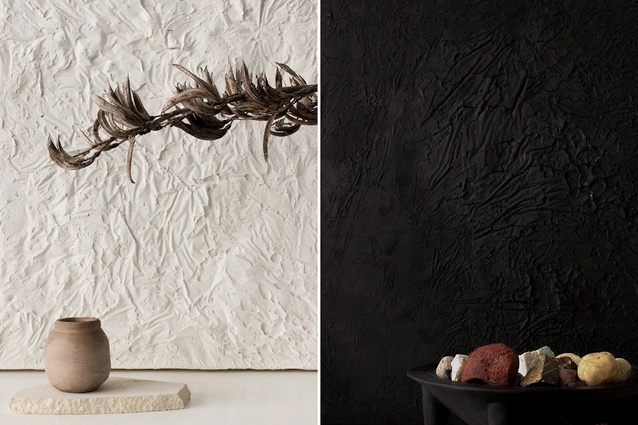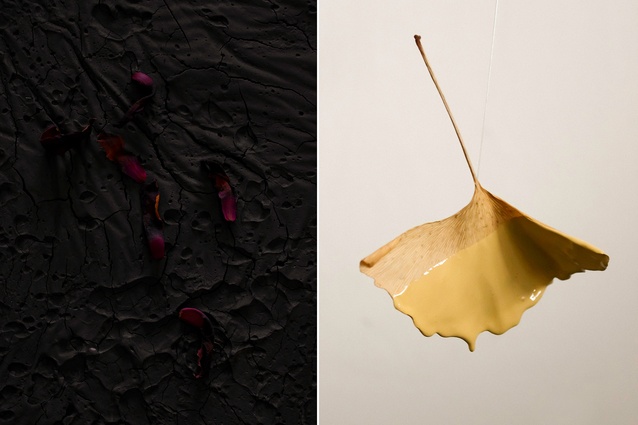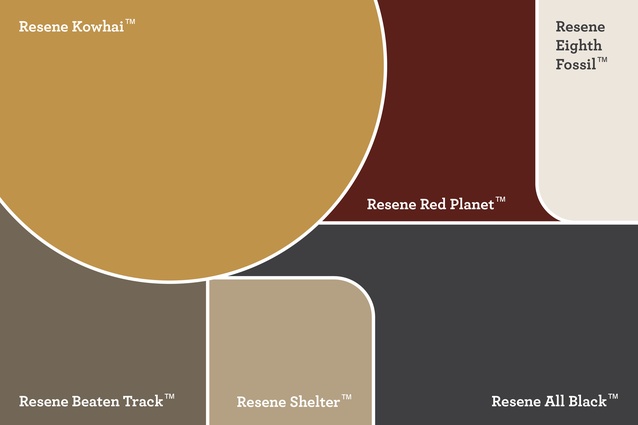On the Rise: Rachel Wegrzyn
The ArchitectureNow On the Rise series, supported by Resene, profiles young designers from across the country who are shaping the future of the industry. This month, Ashley Cusick talks to Rachel Wegrzyn, who has recently joined Monk Mackenzie after working at Patterson Associates Architects after graduating. She has a predilection for the atmospheric, a passion for the wider architecture industry and a desire to talk about mental health within the profession.
Ashley Cusick (AC): How did you first become interested in architecture and design?
Rachel Wegrzyn (RW): I can quite clearly remember my first emotional connection with architecture. It was when I was a child and my parents bought this dilapidated, deconsecrated timber church that was built in the 1860s in Ōtautahi. We were standing inside a dark, cavernous space with a large mangled pile of pews and things just stacked in the centre and there was an incredible beam of light that washed through the western windows and cut through the shadows. There was a feeling of atmosphere and awe. We grew up in that house, under constant renovations and watched the linings come off and reveal these deformed wooden bones. We helped out with it, too: crawling under the floors and taking photos of the decrepit foundations. Then the earthquake hit it and half of it came down. I think living in an ever-evolving building and hearing my parents talk about what to do with it lured me into architecture.
AC: So they took a church and transformed it into your home?
RW: They did. It was a big project and a big undertaking. They’re engineers and I think architecture was always another interest of theirs, so they brought it into their home lives. For my thesis, I drew a charcoal sketch of this memory.
AC: How did you end up at the University of Auckland for your studies?
RW: I am from Ōtautahi and I wasn’t ready to leave so shortly after the earthquakes. I took the first two years of the Bachelor of Architectural studies at Ara, which offered a very practical education. We were taught manual draughting, cad software, building sciences and construction, which I really appreciated, but I craved the creative and theoretical side of architecture. The University of Auckland delivered that.
AC: Did you struggle with shifting to the more theoretical study from the more practical one?
RW: I loved it and I was happy to take on the change in approach as it was the way I always felt and thought about architecture. The first design paper I took at the University of Auckland was on death care, which was a completely new typography and a new way of being taught how to converse and theorise architecture. But the philosophical readings of Malnar Vodvarka and Juhani Pallasmaa did take some time to get your head around.
AC: Did you have to shift back to those practical skills when you went into practice after graduating?
RW: During my studies, I interned with a few offices, so that kept that practical side at the surface. During the semesters I would work two days a week and full-time during the breaks. When I graduated and moved into practice, it felt fairly seamless. I’m a big advocate for students taking paid internships. It’s a chance to learn a lot, not only about the skills required for practice, but it’s a way to test out the types of offices you many want to work for in the future.
AC: As you were going through your studies, did that help you refine what you wanted to do after you finished or has that evolved since you began full time work?
RW: At university, I selected papers for the various typographies and leaned in to those that had a poetic or atmospheric motive. The second paper I took was with Michael O’Sullivan and the project was for a tower and the output was to create a model that was the same height as you. The brief was to explore the concepts of the seven deadly sins, which was so wild and alluring.
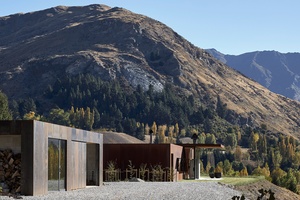
There were a few things in my education that I wished were addressed. I wish my education demanded that we look at issues of sustainability and that we celebrated our own indigenous Māori architecture more. Those are aspects that I hope to learn more about as I get into my professional career.
After that, I had a craving to work on those beautiful high-end houses that are crafted with the most incredible materials and are detailed like crazy. They allow you to flex that critical design muscle. Now that I’ve been working with those sorts of projects for a while, I’ve found that, while I love them, they need to be balanced out with commercial projects and public projects, to feel like the work you’re putting in is able to impact more people.
AC: Your thesis project was a finalist in the 2018 Interior Awards. How did the idea begin for you and what did it evolve into?

RW: The buildings that I found to be the most memorable were the pieces of architecture that you made an emotional connection with. I became interested in the ideas of phenomenology, which places a priority on the sensory and experiential qualities of architecture and, for my thesis, I wanted to build on a lot of the principles I had been introduced to during that design paper on death care. I admired Peter Zumthor’s work and used his book Atmospheres as a recipe to create an experiential architecture that would incite an emotional response and form a sense of place.
As a vehicle for this, I turned to my hometown. Following the earthquakes, Ōtautahi was suffering from a loss of its historical sites, its sense of identity and its connection to place. I learned that as many of the old destroyed buildings were being torn down, archaeologists found a time capsule of artefacts buried underneath. The artefacts felt like small, everyday tokens from people from many years ago. The final project was a series of rotunda galleries, sunken into the river’s banks, with underground tunnels that linked them together. The rotundas had a large central oculus, which let the light and weather in. The architecture was designed to weather and age over time, akin to the found artefacts.
It felt like designing in this way could be the last opportunity for a while, and I wanted to solidify these theories as a key part of my own personal practice.
AC: How do you express that creative side outside of work?
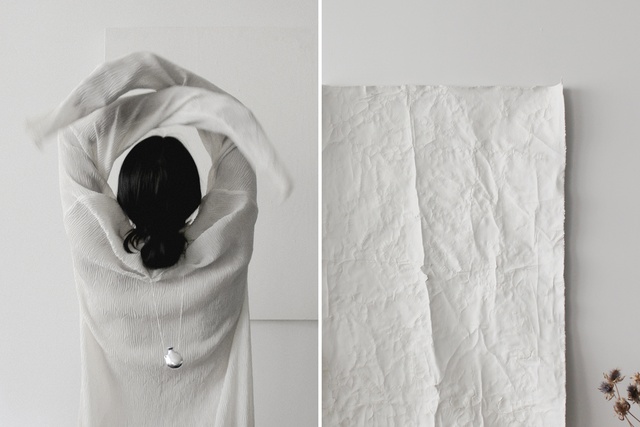
RW: I love making– but building architecture is such a slow process, and it takes a long time for ideas to be realised. So, in the meantime, I like to work with paint, ink and plaster to create images that resemble landscapes. I also like black and white photography, and sewing my own clothes that are simple but full of texture.
AC: You’ve always made an effort to be involved within the wider architectural community in Auckland – working with the Student Architecture Network (SANNZ) and getting involved with the NZIA. What has driven you towards that?
RW: I’ve always just put my hand up. I felt like it was a really great way to be connected with the wider field of architecture. It’s a way to contribute and it’s a way to make a difference and you get to meet a whole lot of people. I think I enjoy facilitating forming those connections with people. A huge benefit from that is being able to meet people that you wouldn’t have otherwise. Through SANNZ, I was able to connect with students from other universities and I’ve made some really good friends. I also got to work with the team at the NZIA on the In:Situ conference and to meet all of the speakers, huge architects from all over the world, which was amazing.
AC: What are you looking forward to next in your career?
RW: I’m thrilled to have started at Monk Mackenzie. I’ve admired their work for years, and their poetic and modern approach to architecture. For me, registration is around the bend, that’s always been an important milestone for me.
When the time is right, I would like to work abroad for a period of time to gain experience in international practices and to be able to see more of the world and see more architecture. Sometimes, six cities crammed into a four-week holiday doesn’t do it justice. It would be nice to explore those places slowly and to have the time to better engage with the culture.
At some point, I would like to work for myself and form my own multi-disciplinary studio that incorporates my art practice and wider design interests.
AC: Do you do any hand sketching still, for work or outside of it?
RW: Yes, sketching at Patterson Associates was a big part of the crit in the design process. It’s the best tool for quickly communicating ideas.
Outside of work, and in lockdown, I’ve had a personal project to sketch every piece of architecture that is in all of the architecture books I’ve collected so far. I’ve found you really start to know architects’ work in a lot more detail as you draw it. It’s normally something I would do when I go travelling – to do sketches of the buildings I see and visit.
AC: Are there any things that you have learned from working in practice that you didn’t learn during your studies?
RW: I’ve learned that having a very strong passion for architecture brings you a lot of joy, but it can be difficult at times. My mental health took a dive at the end of my thesis year. I was burnt out, depressed and became very withdrawn, and moments of that have definitely resurfaced while practicing. You can give a lot of yourself to your ideas – architecture involves a lot of criticism. It can involve long hours, and a lot of mental space.
I had to learn to look after and be kind to myselfand to set boundaries. It’s an essential part of sustaining your passion for something. It’s also important to be in environments that understand and can be supportive of that.
I would love to hear our industry talk more about the impact our field can have on our mental health. The NZIA’s Emerge group for graduates has been able to offer free counseling sessions, which I think is fantastic and I would encourage graduates to take up this offer. The younger generations seem more comfortable discussing mental health and I would love to hear from those who have endured longer careers in architecture.
AC: True. Architecture is a form of art, but it is one that gets seen and critiqued by such a large number of people. Not all other artists necessarily need the public to understand their art. The move from university, where you work so closely with your student cohort, to practice can be quite isolating. You can often get less of that interaction with your peers. Do you have any advice that you would give to those thinking of pursuing architecture as a career?
RW: I would say stay connected, be supportive and collaborate with your peers. It’s the best way to learn.
And if you’re interested in architecture, stay curious and be experimental. The field is so broad and it definitely fringes other creative practices. Architecture isn’t just the built environment – it can be ephemeral, exist purely in the digital world, or it can lead you into art and sculpture, but it can have a positive impact on others so it’s worth exploring. It’s a big, beautiful field.
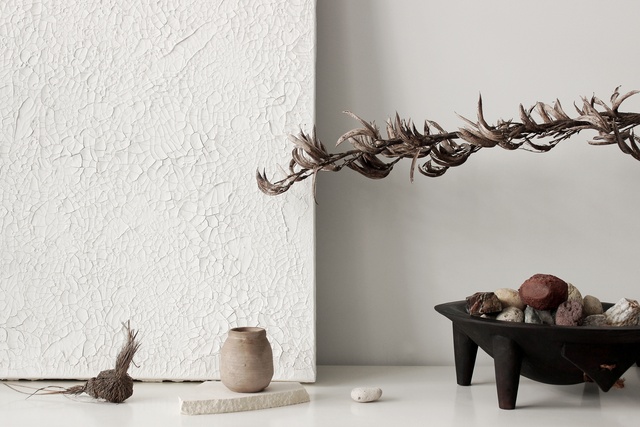
AC: Lastly, we ask all of our On the Rise participants to create a mood board using Resene products. Tell us what inspired your colour choice and the form of your mood board.
RW: This is an assemblage of pieces found in nature: unique stones, branches, leaves, shells, sands, and bones handpicked from walks and camping trips across Aotearoa, that make their way home with me. They are small memories from the alluring landscapes I’ve visited, kept in a wooden kava bowl gifted to me by my beloved late grandfather, who spent his life travelling. You can see stones from volcanoes, forests, lakes and waterfalls, an autumn leaf from a Gingko Biloba tree, a million-year-old species and a living fossil, dried petals from an ancient genus, the Magnolia Liliiflora, the shell of a Harakeke korari, and a hand-thrown clay pot, enhanced by age. These pieces are set against a series of artworks that imitate the textures of a recurring dream I had as a child and the palette reflects not only our landscape but also the passing of time. The colours I used are Resene Shelter, Resene Red Planet, Resene Kowhai, Resene Eighth Fossil, Resene Beaten Track, Resene Baked Earth and Resene All Black.
See more from the On the Rise series here.

